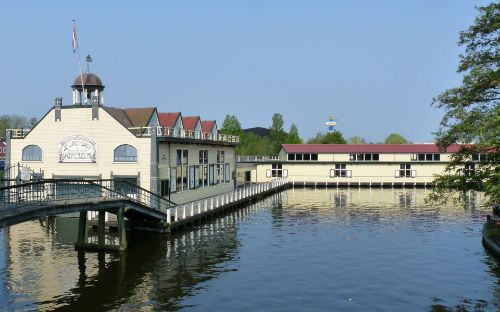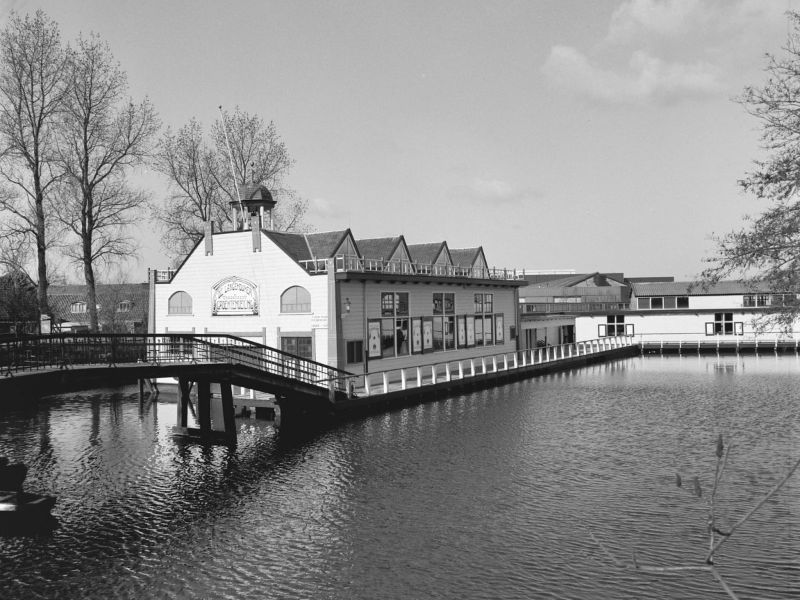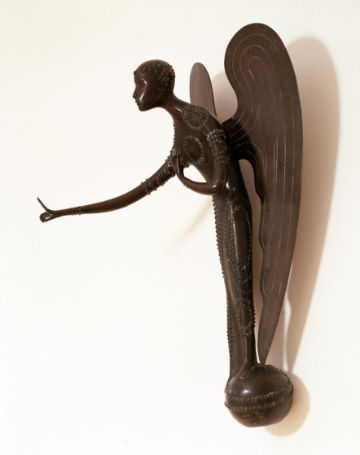Museum BroekerVeiling offers visitors an insightful look into the historical vegetable auction system of the Netherlands. Located in Broek op Langedijk, this museum provides an authentic experience of the region's agricultural heritage. The highlight is the restored auction house, where guests can participate in a mock vegetable auction, giving them a hands-on understanding of how the system worked. The museum also features exhibits on local farming techniques and the evolution of the auction process. Many visitors appreciate the boat tour through the surrounding polders, which adds context to the area's geography and farming history. The museum's staff are often praised for their knowledge and enthusiasm. However, some guests note that the information provided could be more comprehensive, especially for international visitors who may not be familiar with Dutch agricultural history. The museum is generally well-maintained, though a few areas might benefit from updates. Overall, Museum BroekerVeiling provides an educational and engaging experience for those interested in Dutch agricultural history and local culture.








